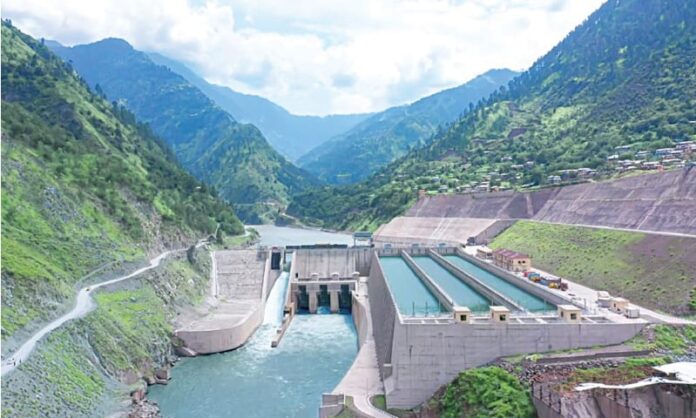More than two months after the shutdown of the 969-megawatt Neelum-Jhelum Hydropower Project (NJHPP), the exact cause remains unidentified.
According to a news report, officials suggest the problem could keep the Rs500 billion project near Muzaffarabad in Azad Kashmir offline for 18 to 24 months.
The decline in headrace tunnel (HRT) pressure and dewatering of a 17km section indicates a significant issue, possibly a major crack or collapse, though the exact situation is still unclear.
Despite its capacity of 969MW, the project sometimes exceeded 1,040MW, providing over 5 billion units of electricity annually to the national grid at an average tariff of about Rs10 per unit.
The NJHPP shutdown results in direct losses exceeding Rs55 billion per year, with indirect impacts from costly replacement fuel ranging between Rs90 billion and Rs150 billion.
On May 2, Wapda confirmed the shutdown for physical inspection of the HRT. A comprehensive plan for remedial works was to be developed in coordination with project consultants and international experts.
Prime Minister Shehbaz Sharif visited the site on May 7 and announced a third-party investigation. A formal committee was constituted over two weeks later, led by former federal secretary Shahid Khan and current Water Resources Secretary Syed Ali Murtaza, to investigate the flaws in the NJHPP construction after the incident on April 2, 2024.
The committee is tasked with reviewing the findings from an international panel of experts and recommending remedial measures for the HRT fault.
An official noted that while sabotage is a distant possibility given the tight security and underground structures, it cannot be ruled out entirely. The project is now under heightened security surveillance.
Wapda reported a sudden change in HRT pressure on April 2, 2024. The plant operated at a restricted capacity of 530MW from April 6 but was completely shut down on May 1 after further pressure changes.
Wapda has filed Rs43 billion in insurance claims for losses and has held high-level meetings on the subject. Since its commissioning in 2018, the project has generated 19.83 billion units of electricity, with 1.54 billion units produced since the TRT repair last August.
























